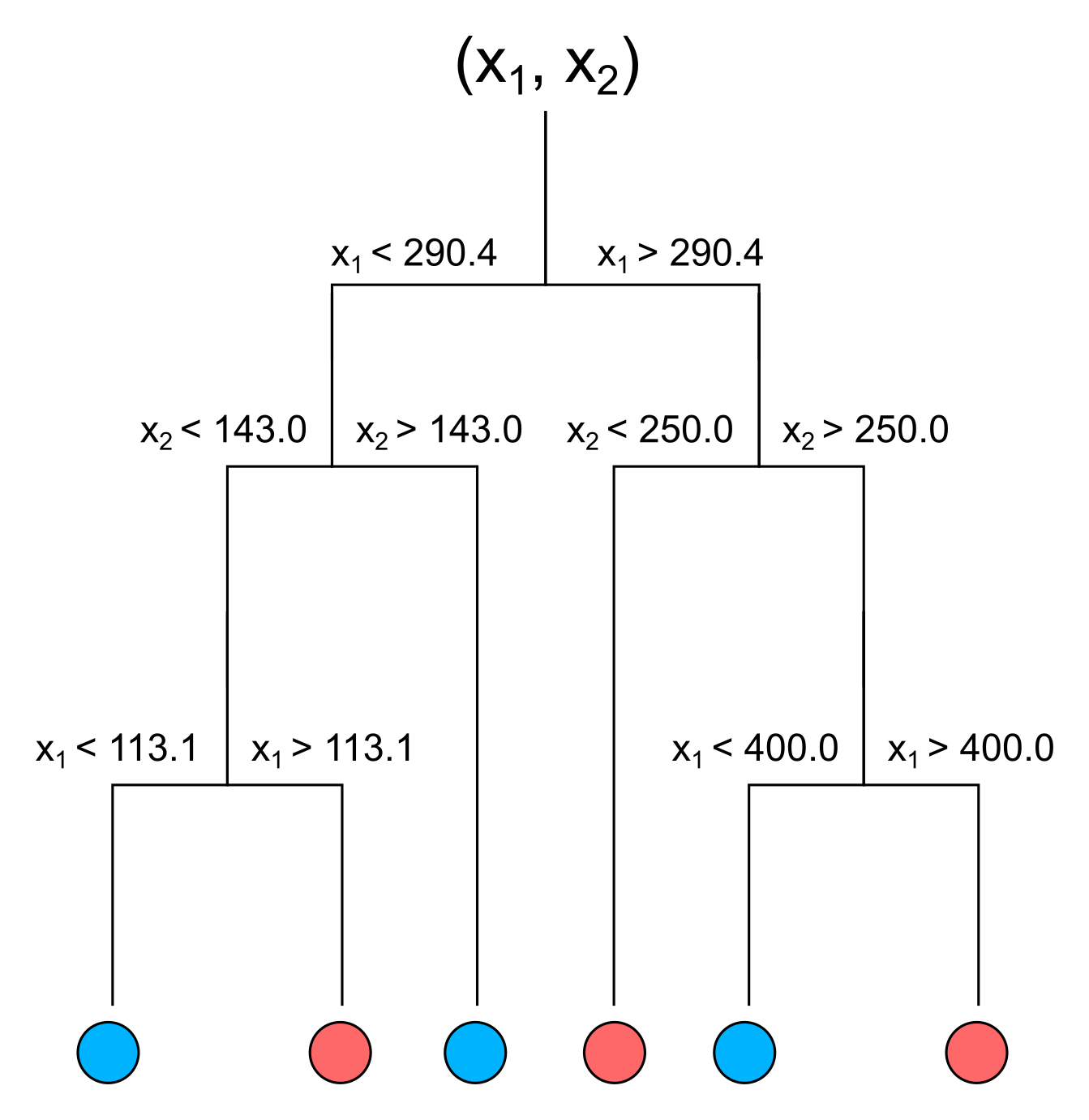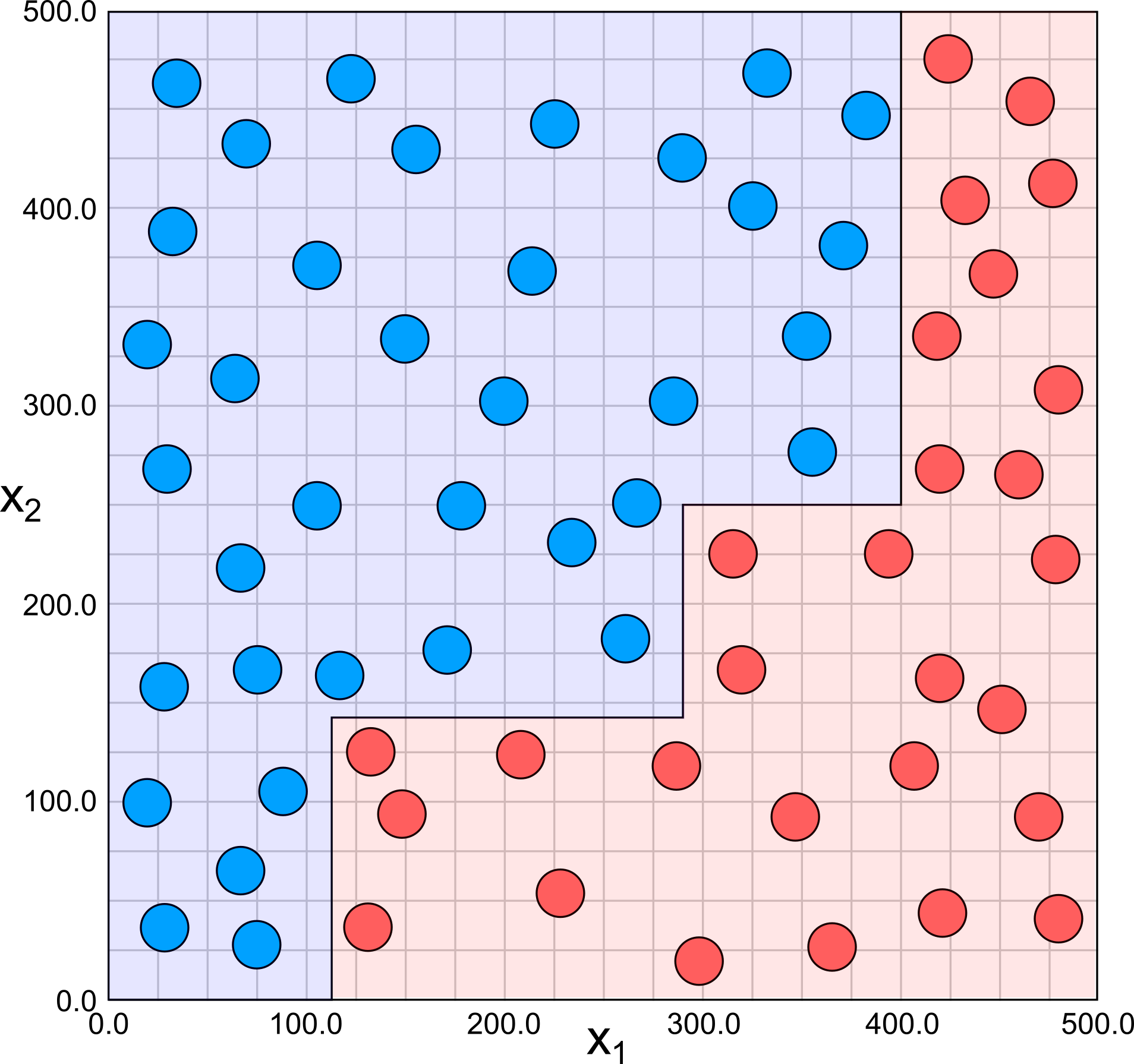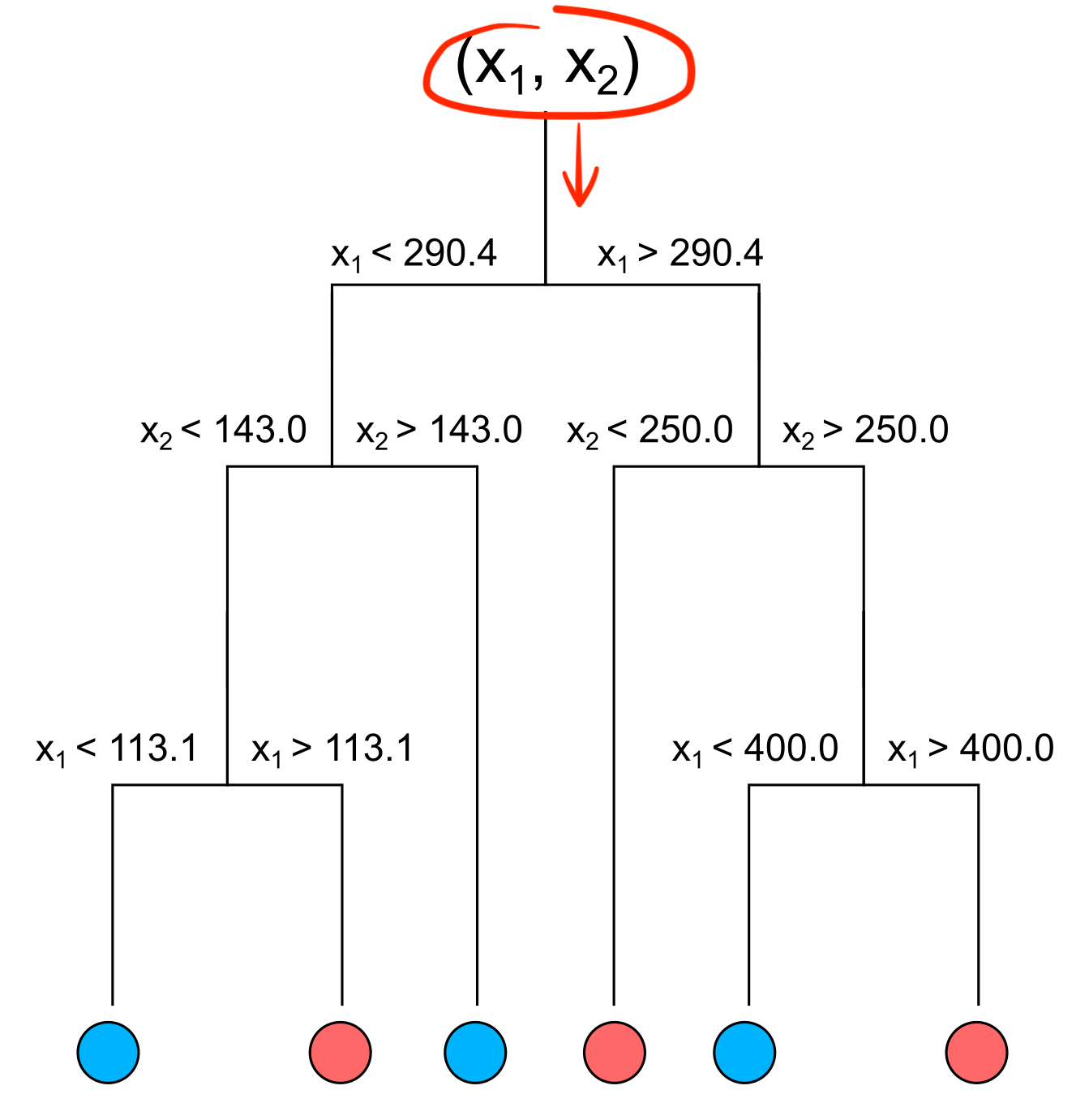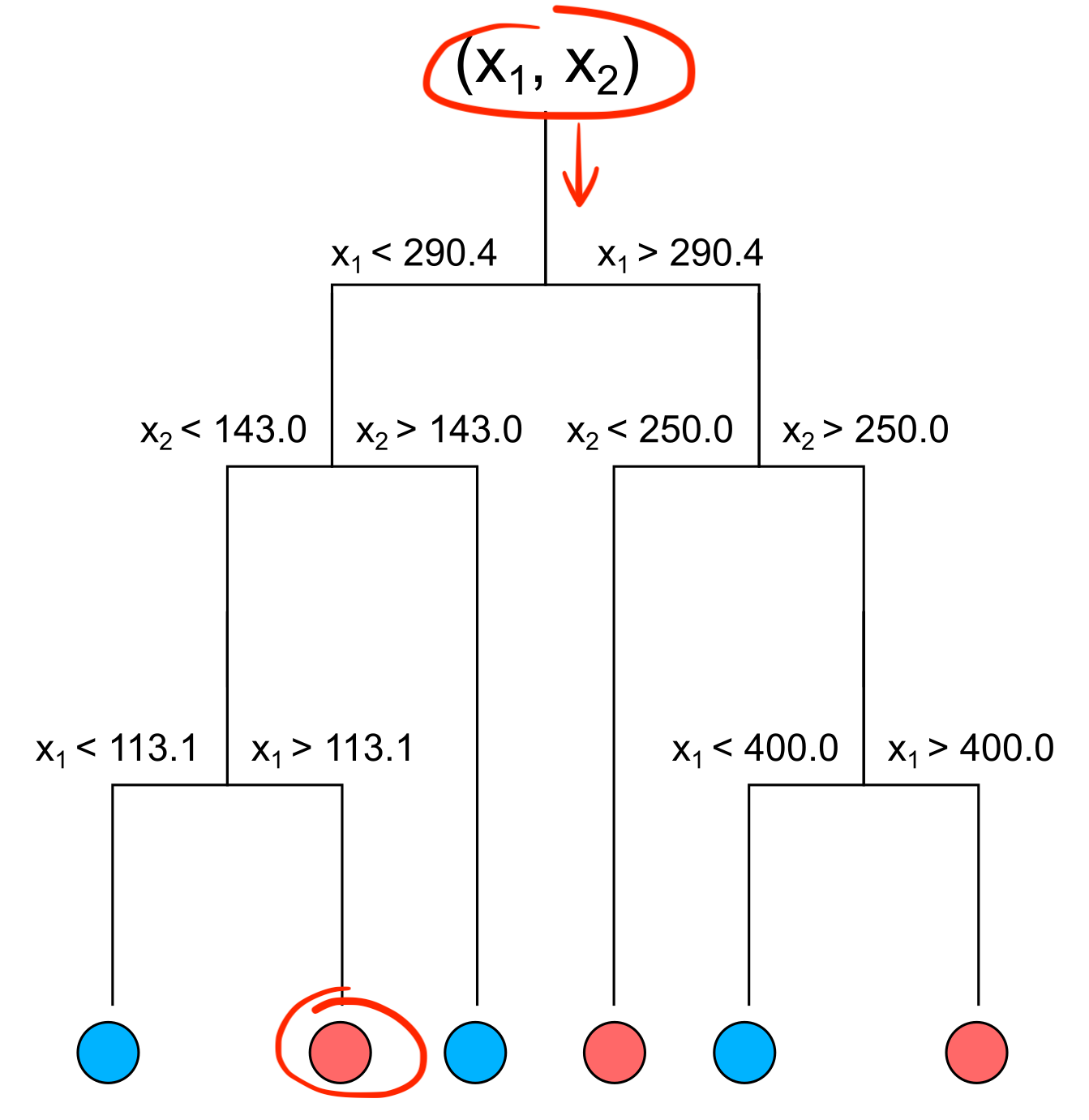What is recursion?
Practicing Coding Interview Questions in Python

Kirill Smirnov
Data Science Consultant, Altran
Definition
- Recursion is the process of defining a problem in terms of itself
- Recursion is a process in which a function calls itself as a subroutine
Example: Factorial $n!$
$n! = n\cdot(n-1)\cdot(n-2)\cdot...\cdot1$
$n = 4$:
$4! = 4\cdot3\cdot2\cdot1$
4! = 24
Factorial - Iterative Approach
$n! = n\cdot(n-1)\cdot(n-2)\cdot...\cdot1 = $
$ = 1\cdot2\cdot3\cdot...\cdot n$
Iterative solution:
# iterative factorial
def fact_iter(n):
result = 1
# looping over numbers from 1 to n
for num in range(1, n+1)
result = num * result
return result
$n = 4:$
result = 1
result= 1 *result(1) = 1result= 2 *result(1) = 2result= 3 *result(2) = 6result= 4 *result(4) = 24
$4! = 1 \cdot 2 \cdot 3 \cdot 4 = 24$
Factorial - Recursive Approach
$n!$ $=n\cdot(n-1)!$
def fact_rec(n):
return n * fact_rec(n-1)
What's wrong with that code?
fact_rec(4)
RecursionError
We must define a base case!
$n! = n\cdot(n-1)\cdot(n-2)\cdot...\cdot1$
A stopping criterion / base case: $1! = 1$
def fact_rec(n):
if n == 1:
return 1
return n * fact_rec(n-1)
fact_rec(4)
24
Wrapping Up
Recursive functions have two main components:
- a recursive call to a smaller problem of itself
- a base case that prevents an infinite calling
Example - Decision Trees


Traversing a Decision Tree

x - a new sample $(x_1, x_2)$
# Pseudo algorithm for finding out the category:category = pred(node, x):# Check if there is a split if node.hasSplitting:# Check which child node to take if node.goToLeftChild(x): return pred(node.leftChild, x) if node.goToRightChild(x): return pred(node.rightChild, x)
Traversing a Decision Tree

x - a new sample $(x_1, x_2)$
# Pseudo algorithm for finding out the category:category = pred(node, x):# Check if there is a split if node.hasSplitting:# Check which child node to take if node.goToLeftChild(x): return pred(node.leftChild, x) if node.goToRightChild(x): return pred(node.rightChild, x)# Returning the category return node.category
Let's practice!
Practicing Coding Interview Questions in Python

